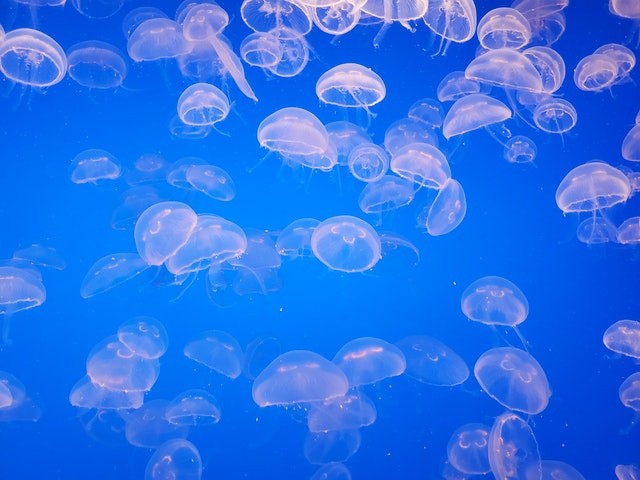They looked nothing lik humans, but their genes still reside inside us. Headless sea creatures, more than half a billion years ago that looked like teardrops, leaves, and waves of rope searched through the primeval seas. Although these immature creatures looked nothing like humans, some of our top crucial genes may be 555-million-year-old remnant from these ancient animals, according to recent research.
The research discovered that the world's first and most primitive creatures might have possesed genes that code for body immune systems, symmetry, and sensory organs that are still around currently.

Bizarre Creatures
Creatures of the Ediacaran age were bottom-feeding, flat ocean inhabitants that explored the seafloor. They were clearly other world-like in appearance, many, such as shapeshifting rangeomorphs appeared very much like leaves that researchers argued for years If the animals were real creatures.
These creatures are super strange and they don't appear like what humans imagined animals look like, Virginia Tech's post-doctoral researcher and study lead author Scott Evans explained.
A lot of these Ediacaran creatures would have been simplistic, possibly one or two stages more developed than sponges in that they had a gut and nerves. Though in their age, they portrayed a massive evolutionary step. Creatures from this time were the earliest multicellular animals to ever exist, this makes them the distant ancestors of all modern creatures.
Also Read : Rare Discovery: 170-Million-Year-Old Jurassic 'Sea Monster' Fossil in Scotland Freed from Rock Tomb
The Four Creatures
Their lack of distinct characteristics and strangeness have made it impossible for researchers to assume the animals' role on the tree of life. So, for the recent research, Scott and his colleagues - The University of California, Riverside's professor of geology Mary Droser and the National Museum of Natural History in Washington D.C.research biologist Douglas Erwin assessed the fossils from four genera illustrating the diversity of the more than 40 understood Ediacaran creatures from fossil sites in the Outback of Australian.
Their motive was to recognize hints about how these long-aged creatures were related and what ancestry came after them.
The four kinds of animals they noticed were: The completely immobile, pinwheel-shaped Tribrachidium; Ikaria; oval-shaped Dickinsonia, the veiny-looking; the teardrop-shaped Kimberella. Scott himself assisted in the discovery of a worm-like genus.

The Ediacaran Age
These four representatives from the Ediacaran age demonstrated that these animals are not as varied from present animals as previously imagined. Despite not having legs and heads, the creatures still have several main features that withstand today. For instance, three of the four were balanced from left to right and had well-placed bodies.
However, it is not logical to precisely analyze the genetic structure of these animals, the existence of developmental traits, like body segmentation and symmetry implies that some of the most valuable genes in present-day creatures - master controllers called adance-level regulatory genes - were existing in these ancient animals.
Developmental biologists have understood that everything with a back and a front, or a right and a left, is utilizing the exact genetic elements to establish a back and a front or a right and a left, Scott explained. They can employ that fact to say that if these Ediacaran creatures possess these exact traits, then they are likely controlled by the same genes.
Related Article : Fukushima Wolfish 'Sea Monster' A Product of Radiation Contamination?
For more news, updates about sea monsters and similar topics don't forget to follow Nature World News!
© 2025 NatureWorldNews.com All rights reserved. Do not reproduce without permission.





